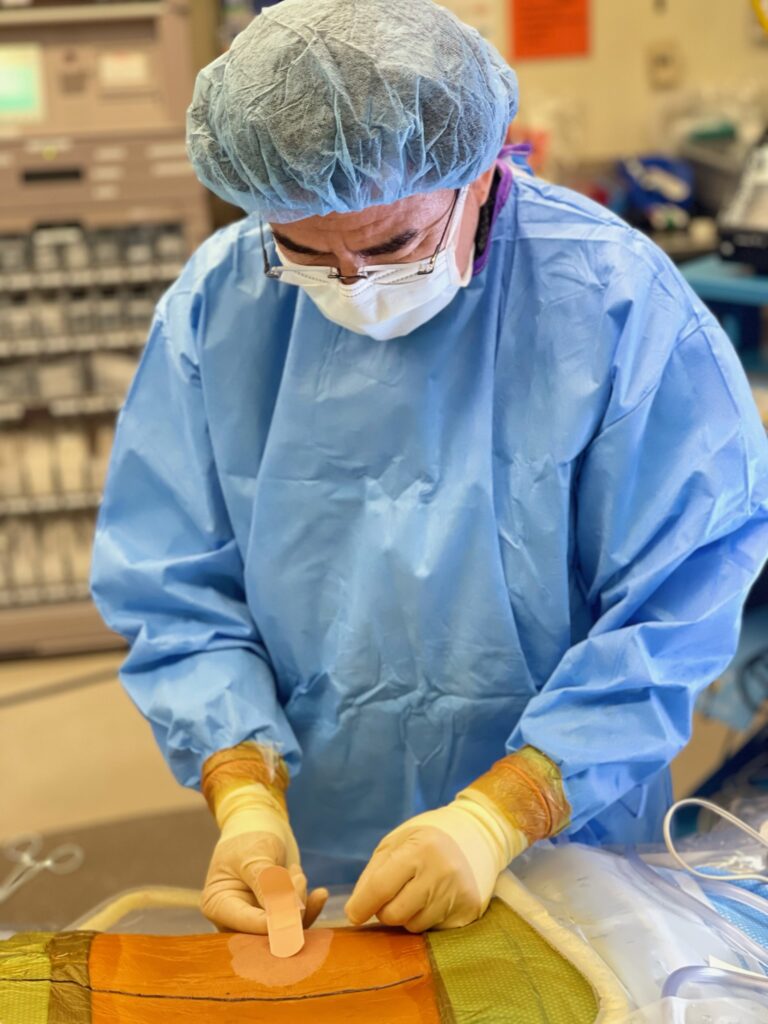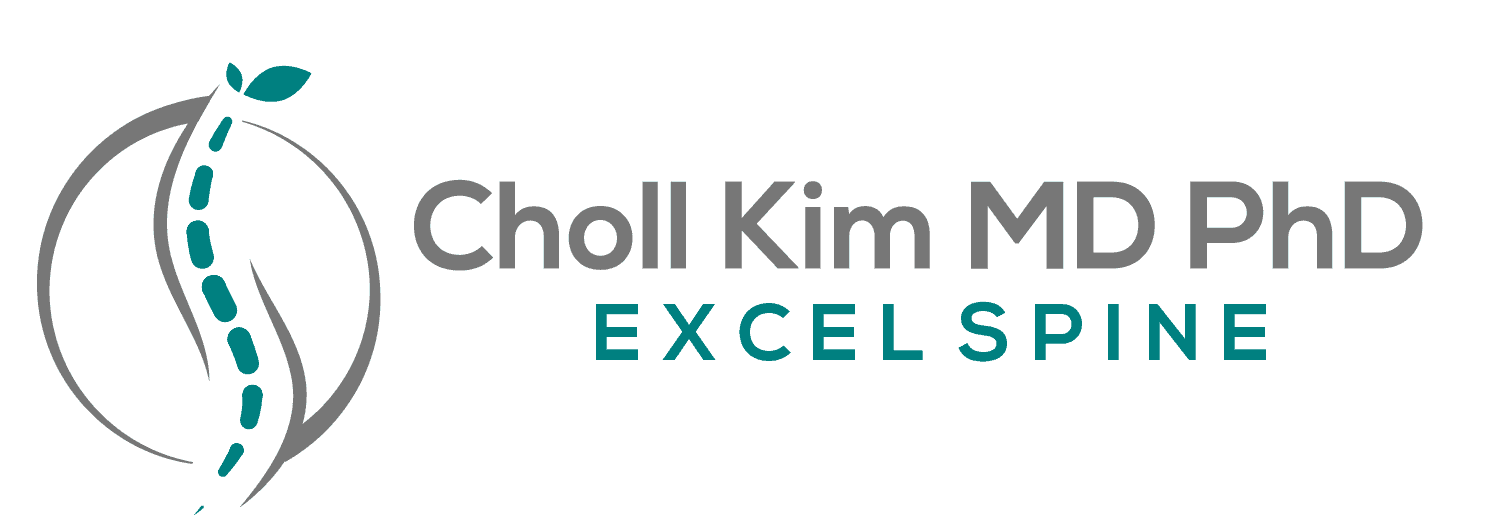
When you’re dealing with chronic back pain, it’s easy to feel overwhelmed by the range of treatment options available. One term you may have came across during your search is “laser endoscopic spine surgery.” It sounds high-tech…and it is, but what does it actually mean for your recovery, and is it the right option for you?
This guide is here to help you better understand this state-of-the-art minimally invasive spine procedure so you can make an informed decision about your care.
What Is Laser Endoscopic Spine Surgery?
Laser endoscopic spine surgery is a minimally invasive technique that allows your surgeon to treat spinal conditions through a tiny 1cm incision, using an endoscope (a small camera and light) and a surgical laser.
Rather than relying on large incisions and muscle dissection like in traditional surgery, this technique allows for:
- Greater precision
- Less tissue disruption
- A quicker return to daily life
Why the Laser?
The laser is a specialized tool used to remove or shrink soft tissue structures like disc fragments or inflamed tissue pressing on nerves. In the hands of a trained surgeon, it can:
- Target problem areas with minimal impact on healthy tissue
- Reduce the need for mechanical cutting or cautery
- Operate safely around delicate nerve structures
It’s not the centerpiece of the surgery—it’s one of many instruments that help achieve the best possible outcome with the least amount of disruption.
Check out a short video on myths vs facts about the laser here.
What Conditions May Be Treated?
Laser endoscopic spine surgery may be considered for conditions like:
- Disc herniations
- Spinal stenosis (narrowing of nerve passageways)
- Sciatica or radiculopathy (nerve pain down the arms or legs)
- Mild to moderate foraminal narrowing (stenosis)
- Inflammatory tissue near spinal nerves
Not all spinal issues are suitable for this approach. If your problem involves significant instability or deformity, your surgeon may recommend a different minimally invasive or traditional technique.
What to Expect as a Patient
For many patients, the experience of laser endoscopic spine surgery includes:
- Light general anesthesia
- The procedure lasts approximately an hour
- Tiny incision—often 1 cm or less
- Go home the same day
- Walking within a few hours
- Return to light activity within days
Most patients feel a noticeable reduction in nerve-related pain relatively quickly, but full recovery still depends on your overall health, occupation, and adherence to post-op guidelines.
Important Considerations Before Choosing Laser Endoscopic Surgery
Laser endoscopic surgery is a valuable option—but like any medical decision, it’s important to approach it with the right expectations and information.
Here are a few things to keep in mind:
- Not every patient is a candidate. This surgery works best for clearly defined nerve compression that hasn’t improved with non-surgical treatment.
- The surgeon matters more than the tool. A skilled, board-certified spine surgeon who offers multiple surgical options can better match you with the approach that will work best for your condition.
- Healing still takes time. While recovery is faster than traditional surgery, your body still needs time. Gradual return to activity and physical therapy may be recommended.
Is It Right for You?
If you’ve tried physical therapy, medications, or injections without lasting relief—and your imaging shows a problem like a disc herniation or spinal narrowing—laser endoscopic spine surgery might be a great option to consider.
The best way to know? A detailed consultation and imaging review with a surgeon who specializes in minimally invasive techniques.
Still Have Questions? We’re Here to Help.
We offer free MRI reviews and can help you determine if laser endoscopic spine surgery is the right path forward. Call or text us at (619) 344-6918 to learn more.
